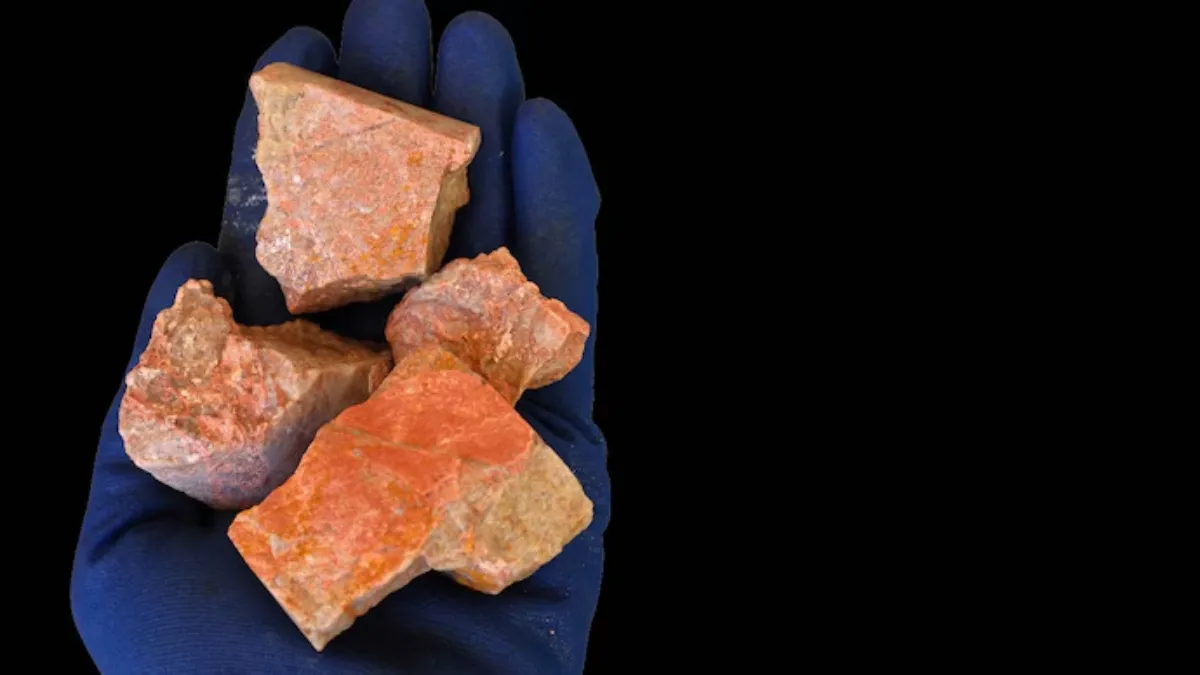They power the electric vehicles we drive and the fighter jets that defend our skies. Rare earth magnets are embedded in wind turbines, smartphones, and laptops essential components most people never notice. Global economic advancement increasingly depends on these materials, and on Wednesday, India announced a Rs 7,280-crore initiative to strengthen domestic production capabilities.
China maintains an overwhelming grip on rare earth magnet manufacturing, controlling approximately 90% of worldwide supply. Beijing leverages this dominance for strategic geopolitical gains. India’s substantial investment arrives as China implements stricter export regulations on rare earths, threatening to intensify supply constraints for Indian manufacturers.
The Union Cabinet greenlit the program to create a comprehensive domestic manufacturing framework for rare earth permanent magnets (REPM), materials India currently imports almost entirely. Prime Minister Narendra Modi chaired the meeting where the decision was finalized, advancing the government’s Atmanirbhar Bharat vision.
Understanding India’s Rare Earth Permanent Magnets Initiative
The program seeks to build a homegrown supply chain converting NdPr (neodymium–praseodymium) oxide into advanced sintered NdFeB (neodymium–iron–boron) magnets. These magnets serve critical functions in electric vehicles, wind energy systems, military technology, electronics, and medical diagnostic equipment.
According to a Press Information Bureau statement, this marks India’s inaugural effort to establish fully integrated REPM production facilities. Authorities have established a production capacity goal of 6,000 metric tonnes per annum.
Implementation will span seven to ten years, utilizing capital subsidies, viability gap funding, and production-linked incentives, the PIB release noted. The program supports development of integrated REPM manufacturing operations, encompassing the conversion of rare earth oxides to metals, metals to alloys, and alloys to finished magnets.
Also read: Why Is Billionaire Lakshmi Mittal Leaving UK? Read About Govt’s New Wealth Taxes
Rare earth permanent magnets represent the most powerful commercially available magnetic materials, with no practical alternatives for most demanding applications. A standard mid-sized electric vehicle requires 1-2 kilograms of NdFeB magnets, while a single 3-megawatt offshore wind turbine demands approximately 600 kilograms.
Given India’s objective of achieving 30% electric vehicle adoption by 2030 and rapid renewable energy expansion, magnet demand is projected to surge dramatically over the coming decade.
Currently, India sources most rare earth materials through imports, with China producing over 90% of refined magnets globally and controlling roughly 70% of mining output.
Southern India Holds Key Rare Earth Deposits
Though India possesses the world’s fifth-largest rare earth reserves—estimated at 6.9 million tonnes of rare earth oxide equivalent—the nation contributes merely 1% to global output.
India’s extractable resources concentrate mainly in southern states. Kerala contains the most abundant monazite deposits, particularly along the Kollam-Alappuzha-Kanyakumari coastal belt, where Indian Rare Earths Limited operates significant facilities at Chavara and Manavalakurichi.
Monazite, a reddish-brown phosphate mineral containing rare earth elements (including cerium, lanthanum, and neodymium) and thorium, typically appears in beach and river sand formations.
Odisha’s Ganjam, Balasore, and Mayurbhanj districts—especially the Chatrapur mineral sand region—reportedly contain over three million tonnes of heavy mineral deposits.
Additional important sites include Andhra Pradesh’s coastal areas in Srikakulam, Visakhapatnam, and the Krishna-Godavari basin, alongside Tamil Nadu’s Tuticorin, Tirunelveli, and Kanyakumari districts.
Smaller deposits have also been identified in Rajasthan, Bihar, and Jharkhand.
Extraction Challenges for Rare Earth Elements
Extracting and refining rare earth elements presents significant difficulties. Monazite contains thorium and uranium, classifying it as radioactive material subject to rigorous Atomic Energy Regulatory Board supervision.
Isolating the 17 distinct rare earth elements demands hundreds of solvent extraction phases, consumes substantial acid volumes, and produces considerable toxic and radioactive waste. Manufacturing one tonne of rare earth oxide can generate 70–100 tonnes of hazardous byproducts.
The Department of Atomic Energy, Ministry of Mines, and NITI Aayog will jointly manage the program.
Amitabh Kant, former NITI Aayog CEO, explained how the REPM initiative enables India to overcome China’s market control. “Global supply chains have dictated our trajectory for far too long. India will now determine its own direction and cultivate enduring technological capabilities domestically,” Kant stated.
Through this Rs 7,280-crore program, India aims both to establish a sustainable rare earths infrastructure and to reduce dependence on China’s market dominance.
